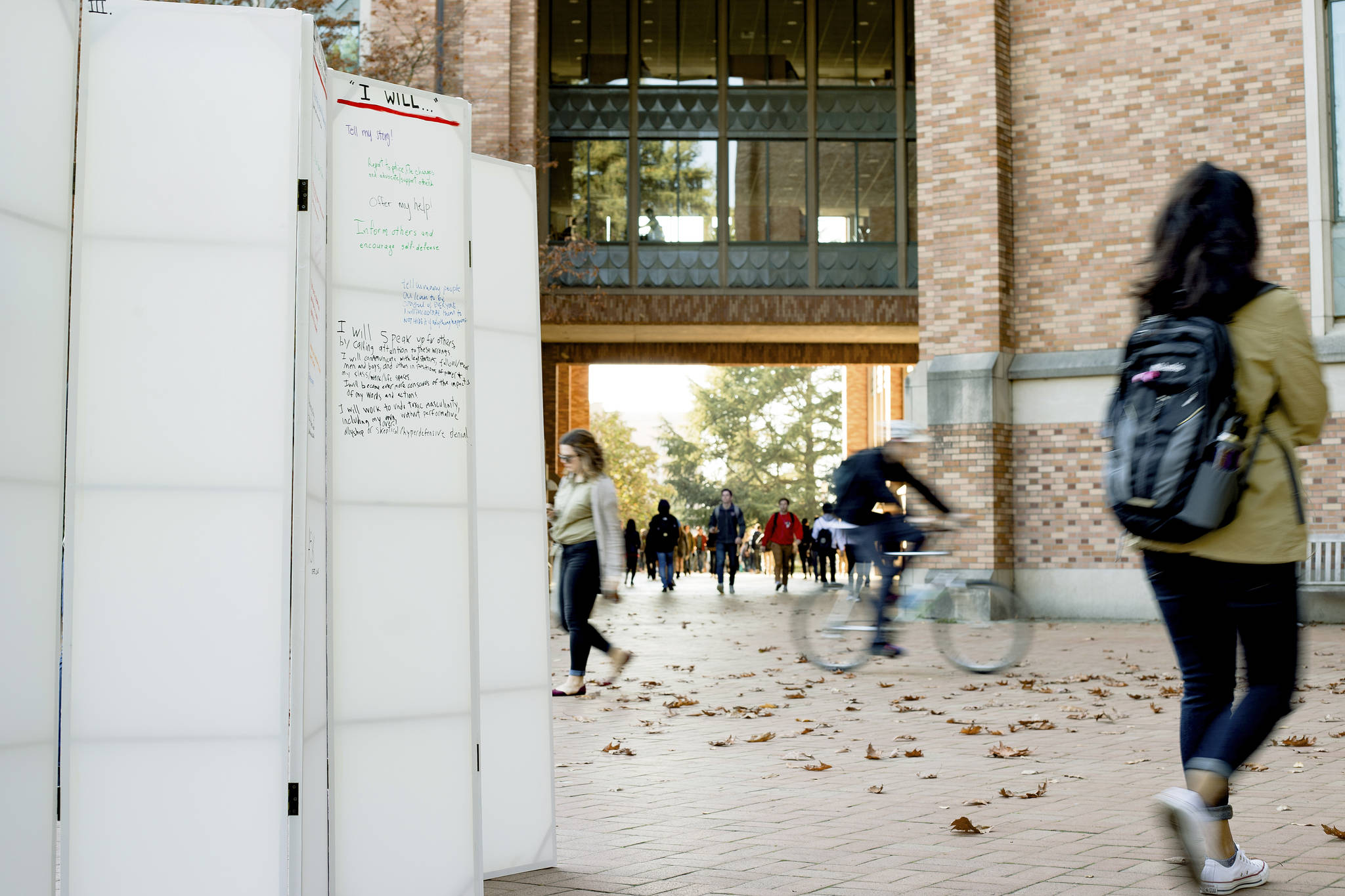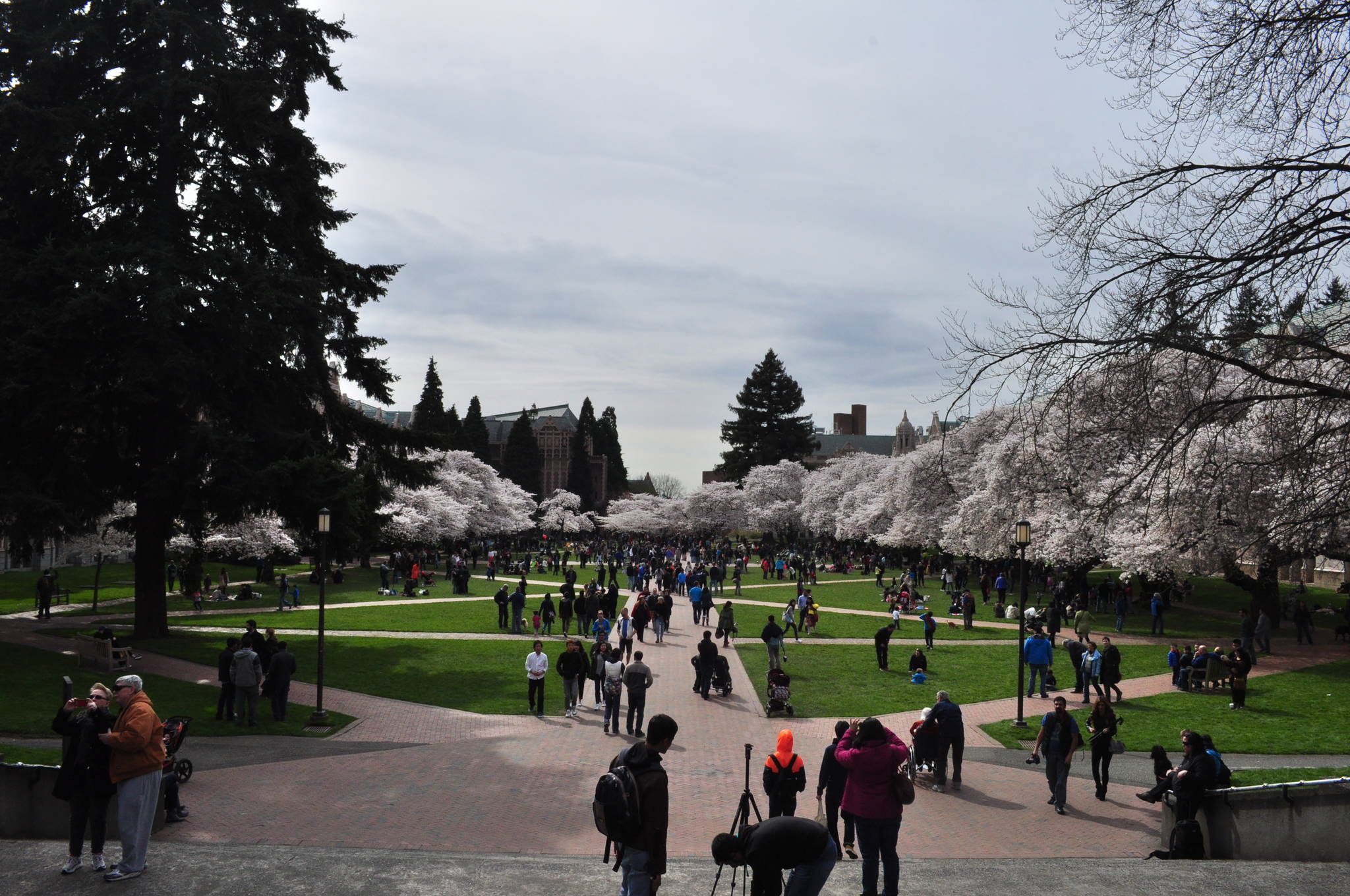Immigration in the United States has long been an unsettled matter. But as the rhetoric from the Trump administration has turned sharply against most of the country’s immigrant population and U.S. Immigration and Customs Enforcement has ramped up its presence in communities throughout the country, the terrain is as uncertain as ever for much of the foreign-born population. In response, many local governments at odds with the current federal posture are overseeing efforts to provide support and protection to their immigrant residents.
“Government has a flawed reputation at this current moment, and local governments pushing forward initiatives to reaffirm trust is critical,” said Washington Immigrant Solidarity Network coordinator Monserrat Padilla. “There is so much uncertainty at the national level that it’s important our local governments are taking matters into their own hands to really set clarity and intention so that everyone is welcome and safe here in their homes.”
To that end, the King County Council (KCC) recently established an Immigrant and Refugee Commission, which consolidates efforts to addresses the unique challenges faced by those communities and reaffirm the county’s commitment to strengthening their stability. As a permanent body in county government, the commission will act as a central point of contact, communication, and coordination for all immigrant and refugee residents (and the organizations that work with them). The commission replaces a task force that was established in 2015.
Between 2000 to 2010, foreign-born residents made up more than half of King County’s new population, according to the U.S. Census Bureau. This number continues to grow, illustrating a need to shift the approach when handling these communites’ challenges.
“It’s been a long time coming,” said Rich Stolz, the executive director of OneAmerica, an organization that works in immigrant communities to promote democracy and justice. “A lot of work went into establishing this commission and creating a mechanism in King County government to better support immigrants and refugees, because there are a number of issues that impact the community that aren’t given adequate attention.”
Over the next few months, the commission will go through the process of hiring commissioners. The commission intends to reflect King County’s diverse population with members from a variety of ethnicities, socioeconomic statuses, and geographic regions.
Stolz stated that there are core factors that set immigrants apart from refugees, and these differences impact how different systems in King County best support and meet the needs of residents who are dealing with status and language barriers.
The ordinance establishing the commission calls for a variety of practical measures, including advising on county programs, promoting civic participation, encouraging employment, increased representation of immigrants and refugees on boards, and further expanding English-language learning and interpretive programs.
“Interpretive services are a priority, we really need to do a better job supporting language access to everyone will have a better understanding of services that aid housing, employment, and education,” said King County Councilmember Larry Gossett, the prime sponsor of the Immigrant and Refugee Commission ordinance.
Stolz also believes the commission will centralize work being done in different agencies that isn’t being applied broadly. This includes measures like making elections more accessible by providing ballots in multiple languages and adding more geographically-diverse ballot drop box locations.
In addition to language access programs and civic participation, Gossett believes that protecting local citizens from ICE interference needs to be at the forefront of the commission’s work. A recently passed King County ordinance bars the use of employees’ time and resources from being used for facilitating immigration detention and deportation. The ordinance was hailed by the ACLU of Washington as integral to safeguarding the rights of local immigrants.
“First and foremost, [we must ensure] that all government officials know that local collaboration with ICE is prohibited by a local ordinance needs to be a priority,” Padilla said. “Training our communities, making sure they know their rights, and making sure we work lawfully first and foremost should be at the forefront of our vision, as well as keeping ICE from roaming our communities.”
Establishing the commission also has a symbolic impact, reaffirming King County’s commitment to protecting and promoting the advancement of these populations.
“A city like Issaquah might not have the capacity to establish its own commission,” said Stolz, “but the fact that this commission exists creates the opportunities for smaller communities to learn from and draw from best practices identified by the larger institution.”
“The ordinance that we passed is one of it not the most progressive providing human protections for immigrants and refugees,” Gossett said. “It’ll probably end up being a model for other governments.”
Correction: An earlier version of this story stated that foreign-born residents made up more than half of King County’s population. They acutally made up more than half of King County’s new population between 2000 to 2010.








